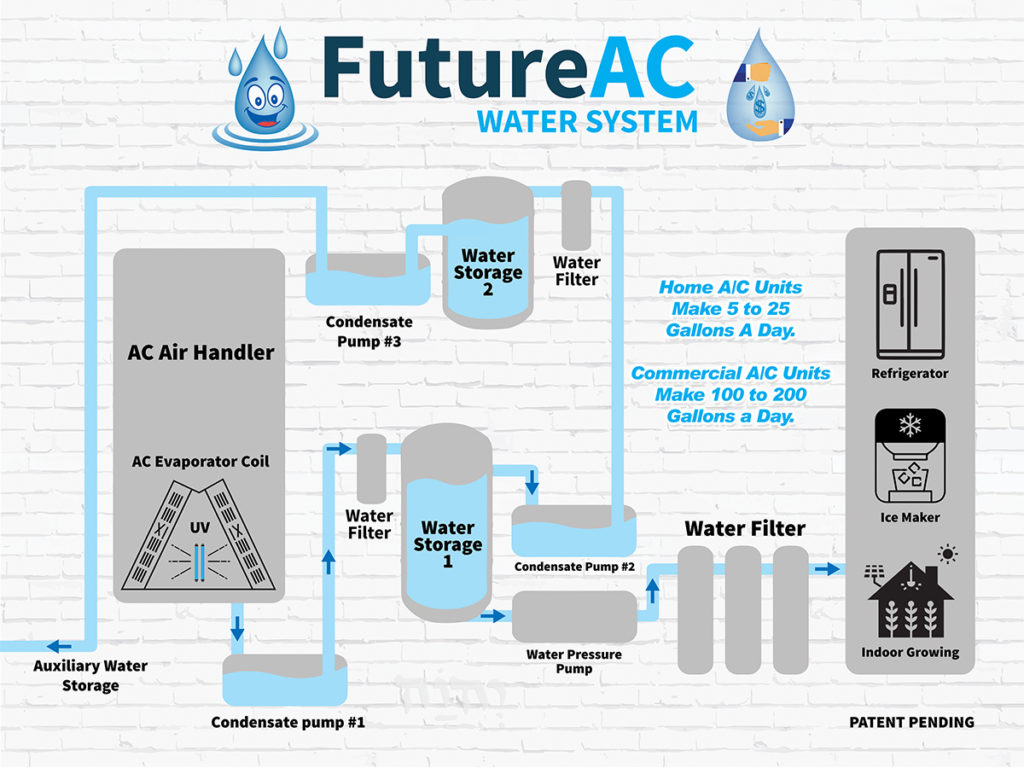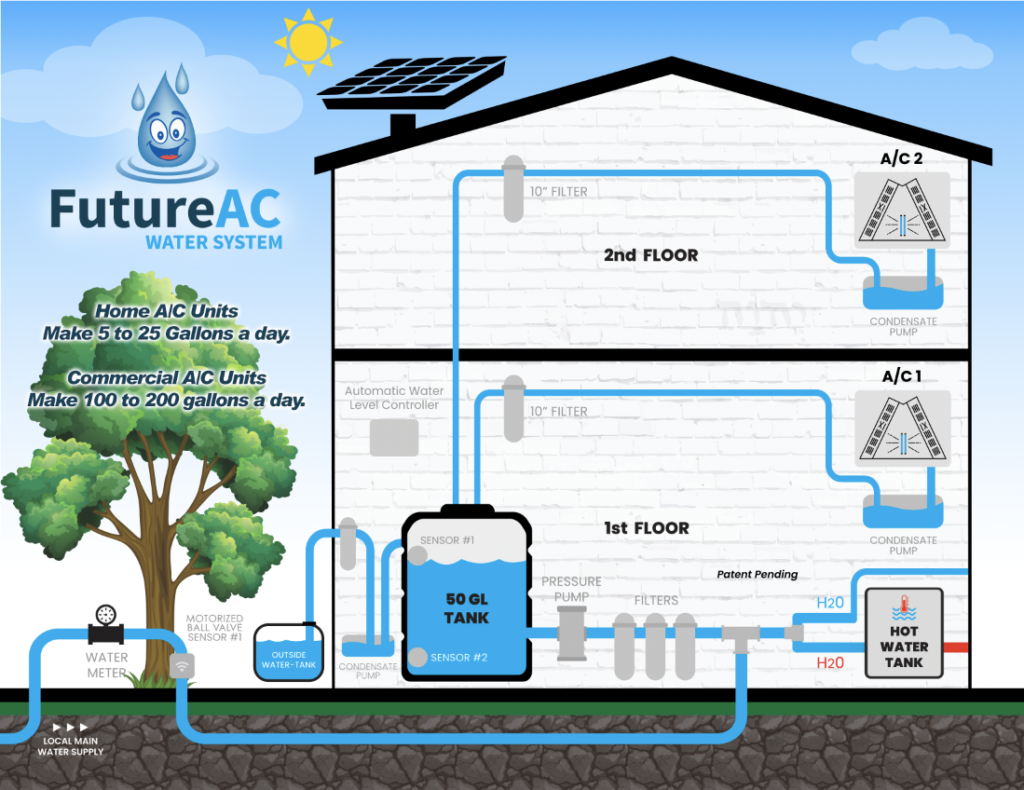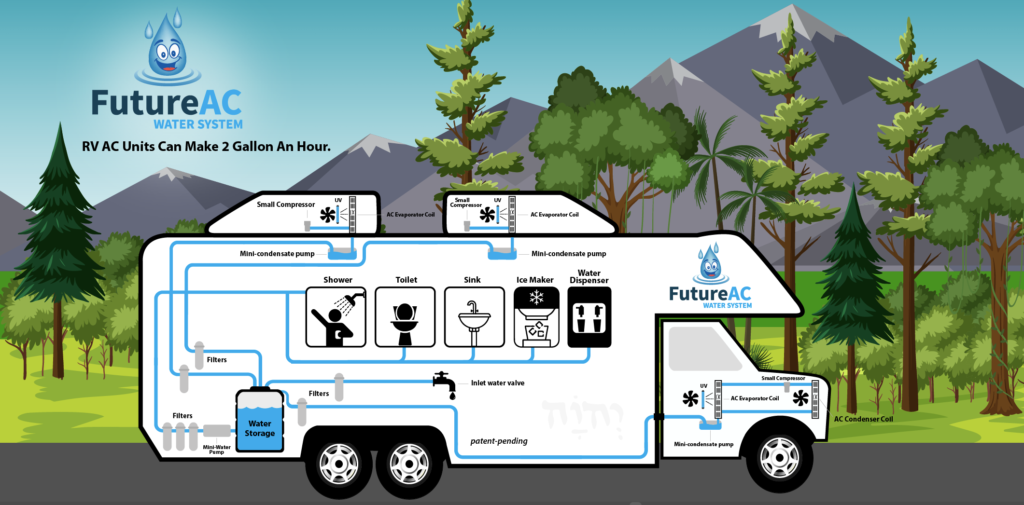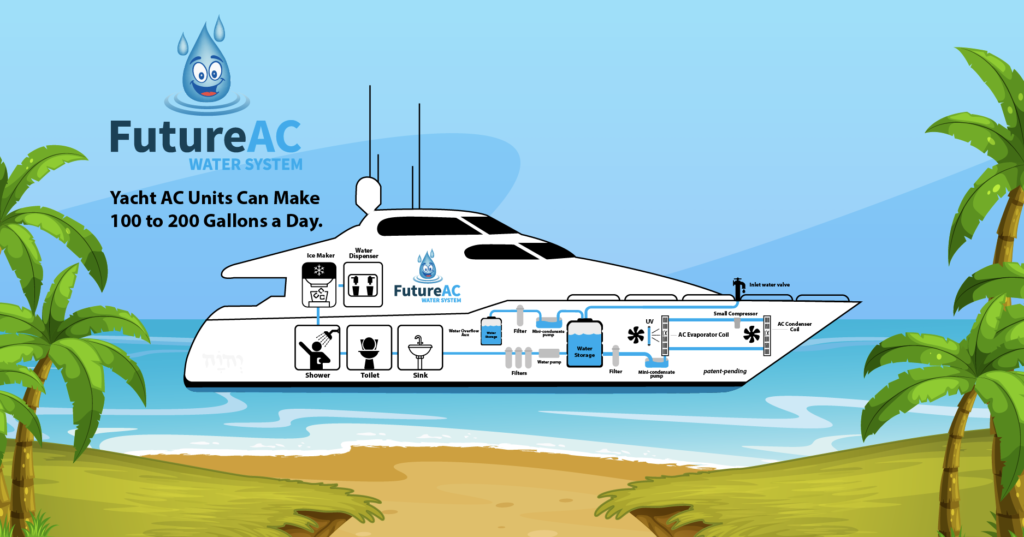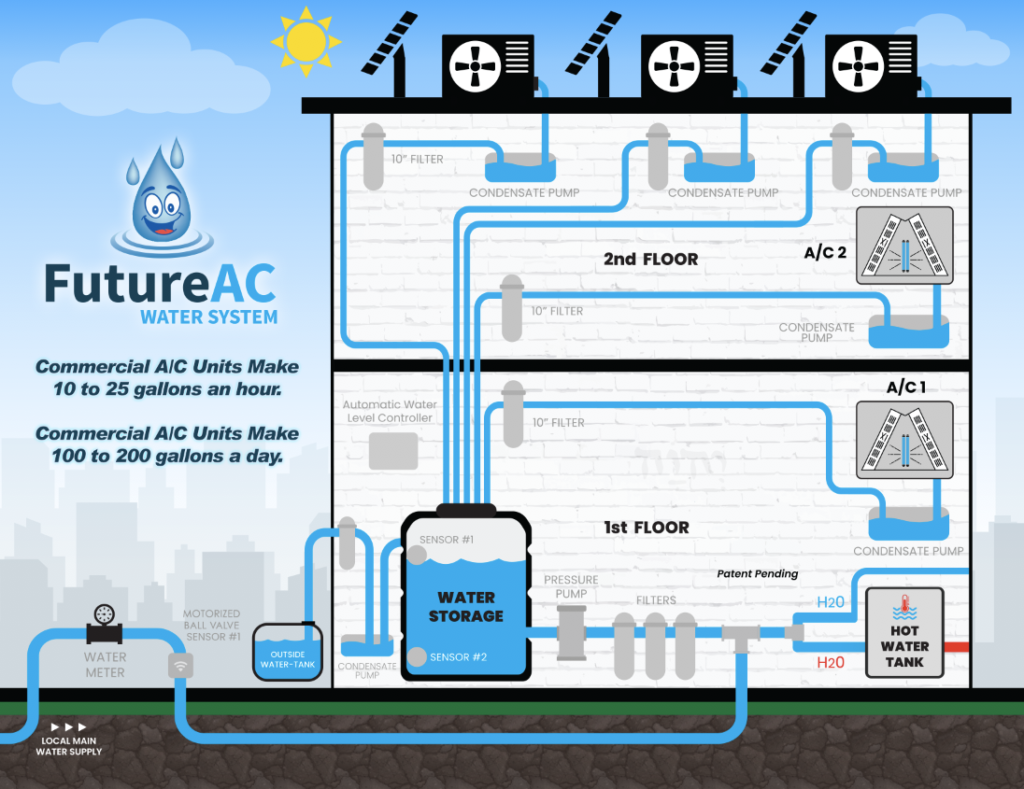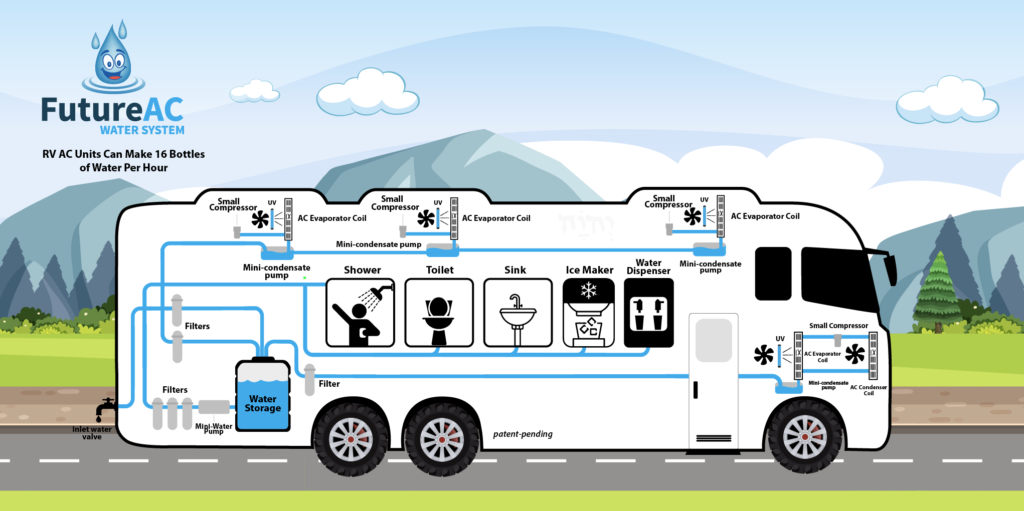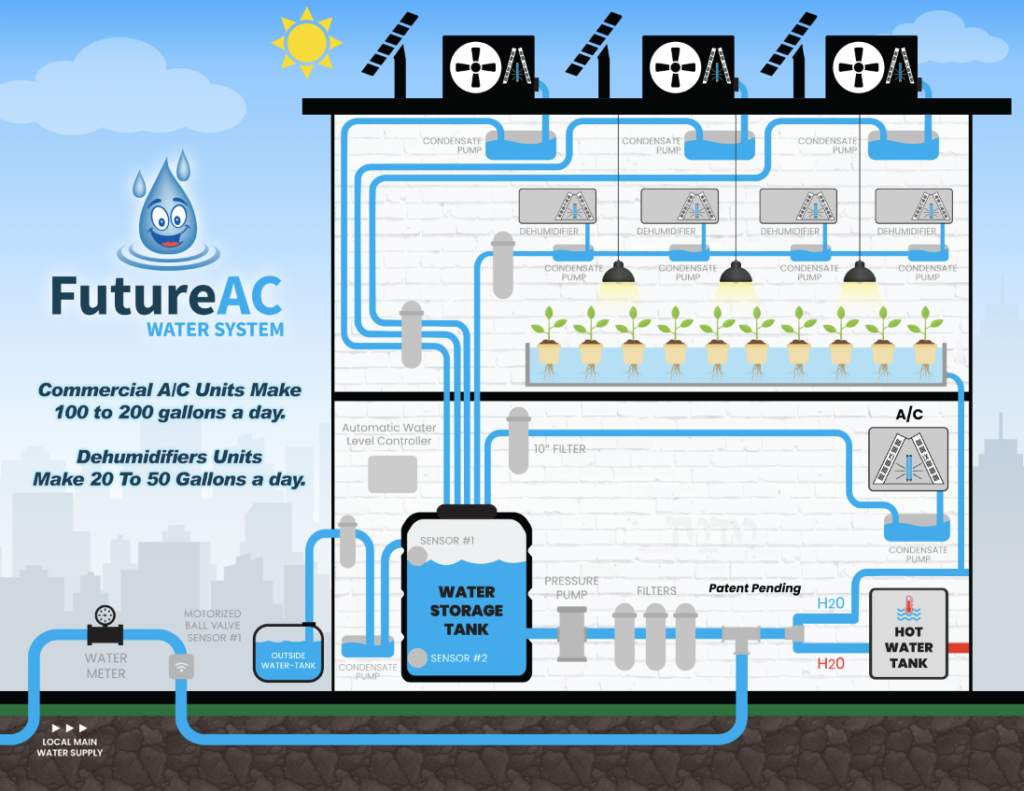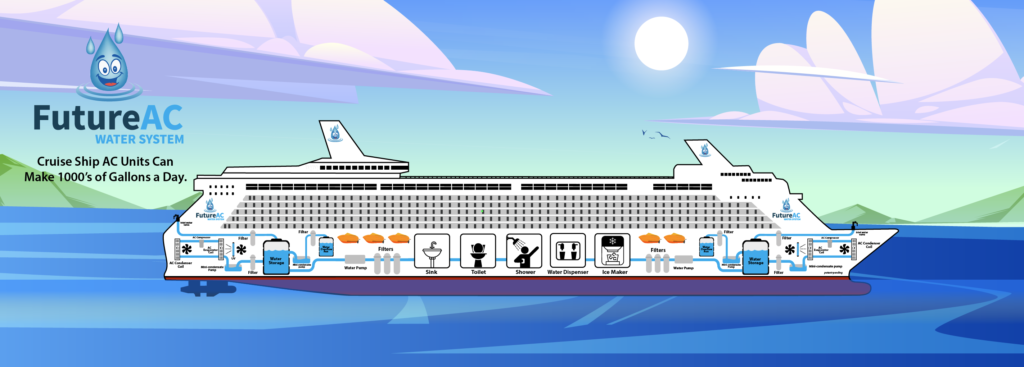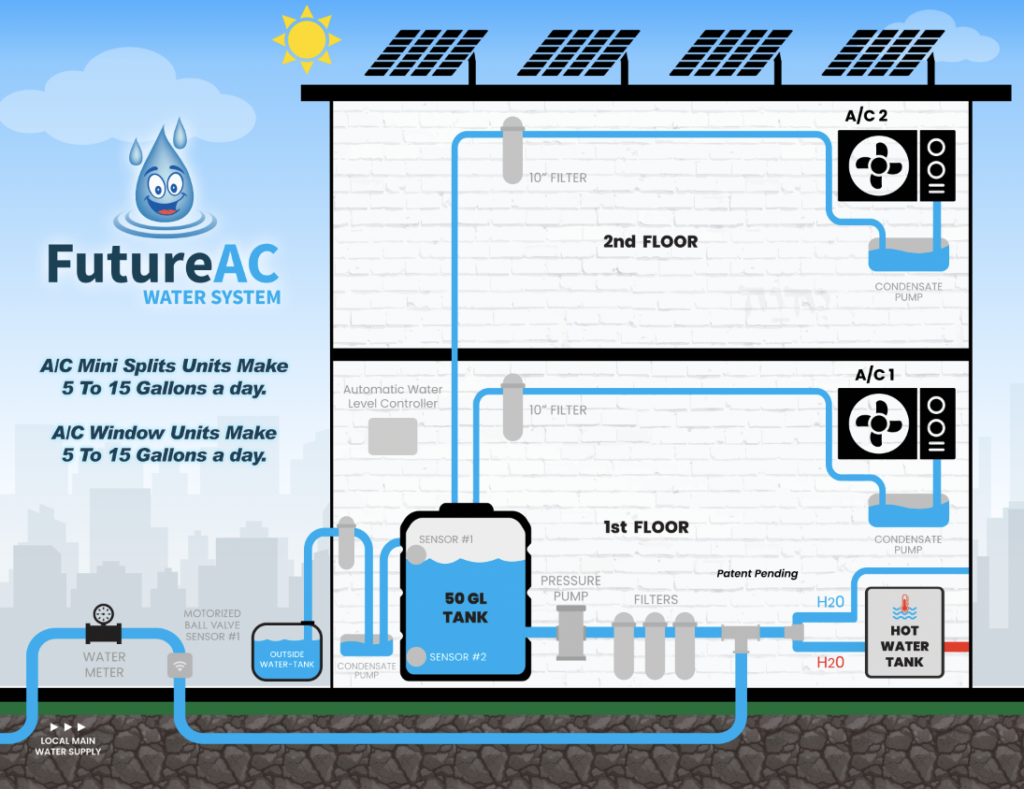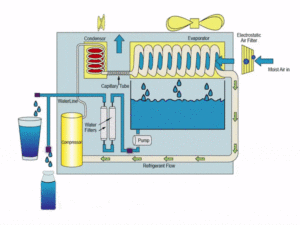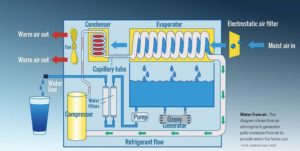South Miami Company Has The Solution To The Water Shortage In The United States
Understanding the Water Shortage Problem in the United States
A. Statistics and facts highlighting the severity of water scarcity
The water shortage crisis in the United States has reached alarming levels, affecting both urban and rural areas across the country. Consider the following statistics and facts:
Depleting Water Reserves: According to the U.S. Geological Survey, many of the nation’s aquifers, rivers, and lakes are experiencing significant declines in water levels. The overexploitation of groundwater resources has led to the depletion of water reserves in various regions.
Increasing Drought Conditions: Droughts have become more frequent and severe in many parts of the United States. According to the National Integrated Drought Information System, over 45% of the country’s land area was in moderate to exceptional drought conditions in recent years.
Strained Water Infrastructure: The aging water infrastructure in the United States is exacerbating the water shortage problem. Outdated pipelines, leakages, and inefficiencies in water distribution systems result in significant water losses and wastage.
Growing Population and Demand: The United States has experienced substantial population growth in recent years, leading to increased water demand for residential, industrial, and agricultural purposes. The strain on existing water resources is intensifying as the demand surpasses the available supply.
B. Identification of key factors contributing to the crisis
Climate Change: The impacts of climate change, such as rising temperatures and altered precipitation patterns, are disrupting the water cycle and exacerbating water scarcity. Changing weather patterns contribute to more frequent and prolonged droughts, reducing the replenishment of water sources.
Population Growth and Urbanization: The United States continues to witness population growth and rapid urbanization. As cities expand, the demand for water increases, straining local water supplies and infrastructure.
Inefficient Water Management Practices: Inefficient water management practices, including excessive water consumption, inadequate conservation measures, and outdated irrigation techniques in agriculture, contribute to the water shortage problem. These practices result in the wasteful use of water resources and inefficient allocation.
Competition for Water Resources: Various sectors, including agriculture, industry, and households, compete for limited water resources. This competition intensifies during drought periods, leading to conflicts over water allocation and further exacerbating the water shortage problem.
C. Implications and consequences of water shortage on various sectors
Agriculture: Water scarcity affects agricultural productivity and can lead to crop failures, reduced yields, and economic losses for farmers. In drought-prone regions, farmers face challenges in irrigating their fields, resulting in reduced agricultural output and potential food security risks.
Public Health: Insufficient access to clean water can pose public health risks. In areas experiencing water shortages, there is an increased risk of waterborne diseases, inadequate sanitation, and compromised hygiene practices, impacting the well-being of communities.
Economy: The water shortage crisis has significant economic implications. Industries reliant on water, such as manufacturing, energy production, and tourism, face challenges due to limited water availability. Water scarcity can lead to job losses, reduced economic growth, and increased costs for businesses.
Ecosystems: Water scarcity threatens aquatic ecosystems, including rivers, lakes, and wetlands. Reduced water flows and diminished habitats disrupt the balance of ecosystems, affecting wildlife, aquatic species, and biodiversity. Furthermore, declining water levels can harm delicate ecosystems, leading to long-term ecological consequences.
Understanding the severity of the water shortage crisis in the United States is crucial for realizing the urgent need for sustainable solutions. Recycled AC water presents a viable option to mitigate this crisis by utilizing an untapped water source and promoting efficient water management practices.
Recycled AC water offers a compelling and urgent solution to address water scarcity in the United States.
Recycled AC water presents a compelling and urgent solution to address water scarcity in the United States. This innovative approach harnesses the untapped potential of air conditioning condensate, offering a sustainable water source that can alleviate the strain on traditional freshwater supplies.
Air conditioning systems generate a significant amount of condensate, which is typically discarded as waste. However, this condensate can be captured, treated, and reused for various purposes, including irrigation, industrial processes, and non-potable water needs. By implementing systems to collect and recycle AC water, communities can significantly reduce their reliance on freshwater sources, thereby preserving these resources for essential purposes like drinking water.
One of the critical advantages of recycled AC water is its abundance. Air conditioning systems are ubiquitous in homes, commercial buildings, and public spaces nationwide. As a result, the potential volume of condensate generated is substantial. By tapping into this overlooked water source, we can tap into a readily available and reliable water supply.
Moreover, recycled AC water offers significant environmental benefits. The strain on traditional freshwater sources such as rivers, lakes, and aquifers can be reduced by using AC condensate. This approach helps to protect ecosystems and maintain the delicate balance of natural water systems. Additionally, recycling this water locally can minimize the energy required for extensive water treatment and long-distance transportation, leading to reduced carbon emissions and a more sustainable water management system.
Implementing recycled AC water systems can also be cost-effective for communities. By reducing the demand for freshwater, communities can lower their water bills and operational expenses associated with water supply infrastructure. This can have significant economic benefits, especially for regions facing severe water scarcity and high water costs.
Several successful case studies of recycled AC water implementation in other regions have demonstrated the feasibility and effectiveness of this approach. These examples provide valuable insights into the technology, infrastructure, and best practices necessary for widespread adoption in the United States.
To fully realize the potential of recycled AC water, it is essential to address public concerns regarding health and safety. Rigorous treatment processes can ensure that the recycled water meets quality standards for its intended use. Transparent communication and education campaigns are essential to instill confidence and dispel any misconceptions surrounding the safety and reliability of recycled AC water.
In conclusion, recycled AC water offers a compelling and urgent solution to tackle water scarcity in the United States. By tapping into the untapped potential of air conditioning condensate, we can conserve traditional freshwater supplies, reduce environmental strain, and promote sustainable water management practices. Embracing recycled AC water systems is not only a practical choice but a necessary one to secure a water-sustainable future for our communities and future generations.
Over the past few decades, the United States has seen a significant increase in the number of people entering the country. This has strained the country’s resources, including its freshwater supply. As a result, many people have turned to bottled water as a source of clean drinking water.
One often overlooked way to save water is by recycling the condensate from air conditioning units.
The best solution is Future A/C Water system.
We recycle Air Conditioning Water for filtered drinking water, Ice makers for indoor gardening, outdoor Irrigation systems, and more.
We can have the Water from Your A/C deducted from your water bill.
- Home A/C units can produce 5 to 25 gallons daily
- Commercial A/C units can produce 200 to 400 Gallons daily
- Our Plug and Play AC Water System is the solution to the water shortage we have in our country.
Florida is Wasting 130 million gallons a Day.
California is Wasting 200 Million Gallons a Day.
Texas is wasting 161 Million Gallons a Day.
Nevada is Wasting 16 Million Gallons a Day. Arizona is Wasting 44 Million Gallons per Day
One of the benefits of AC water recycling is that it can provide second water storage for homeowners and commercial businesses. stormwater management, During case of emergency hurricane season many people rush to get bottled water as a precautionary measure. However, with AC water recycling, they have a ready supply of clean water.
Moreover, recycling air conditioning water can reduce the amount of wastewater discharged into the environment, thus minimizing the impact on our water resources.Aside from the water-saving benefits, AC water recycling also has other advantages. For one, it reduces the demand for potable water, which can be expensive to produce and distribute. It also reduces the need for new water sources, which can have environmental impacts such as habitat destruction and increased carbon emissions. Finally, AC water recycling can provide a reliable and consistent source of non-potable water, which can be particularly beneficial for areas with water scarcity issues. Consider promoting Future A/C Water systems and support the development of policies and regulations that encourage and incentivize its adoption.
Furthermore, I promote the water board to collaborate with HVAC equipment manufacturers and other stakeholders to get a license with Future AC with their innovative new water technology and solutions that facilitate water recycling.
In conclusion, while bottled water has become a popular solution, but it has drawbacks. For one, it is much more expensive than tap water, which can strain all-income households’ budgets. Additionally, the production and transportation of bottled water can have negative environmental impacts, such as increased greenhouse gas emissions and plastic waste.
Investing in Future A/C Water Systems and promoting the conservation and efficiency of AC Water recycling is essential to ensure a sustainable and equitable water supply. By working together, we can ensure that everyone in the US can access clean, safe, affordable water and ice.

